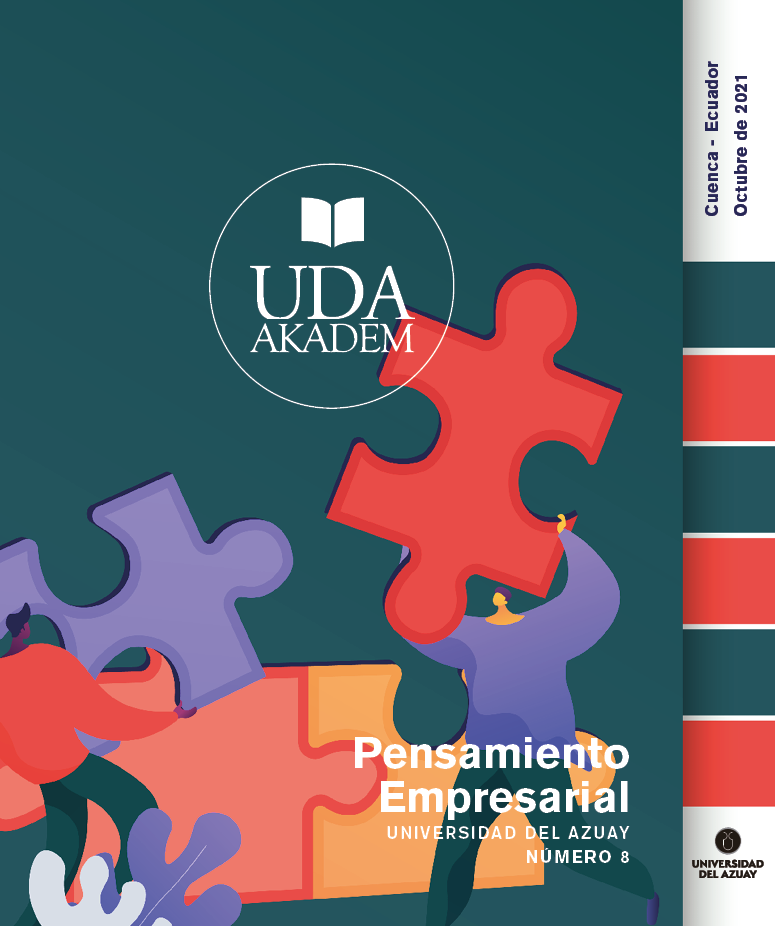Redes sociales: una herramienta de distribución promocional del marketing turístico
DOI:
https://doi.org/10.33324/udaakadem.vi8.440Palabras clave:
distribución promocional, marketing turístico, redes socialesResumen
El proceso de comunicación en el sector turístico se ve influenciado por reseñas, comentarios u opiniones generados en las plataformas digitales. Este factor puede influenciar a los compradores y ser percibida de manera positiva o negativa. El objetivo de la investigación fue evaluar los efectos de las redes sociales en la industria turística, mediante el modelo de aceptación y tecnología (TAM). La metodología utilizada fue cuantitativa, porque permitió la recopilación de información con el fin de describir el problema y señalar las correlaciones causales del inadecuado uso de redes sociales en el sector turístico. La población de estudio pertenece a la provincia de Tungurahua. De allí, se utilizó un muestreo aleatorio-simple de 384 personas bajo el criterio de selección de economía activa (PEA). El resultado demostró que las redes sociales como Facebook, Instagram y WhatsApp son idóneas para realizar promoción turística. Se concluye, que la promoción del sector turístico tiene mayor influencia en la plataforma de Instagram, puesto que, muestra mayores beneficios y desventajas alarmantes al socializar contenido frente a otro medio social.
Palabras clave: distribución promocional, marketing turístico, redes sociales.
Abstract
he communication process in the tourism sector is influenced by reviews, comments or opinions generated on digital platforms. This factor can influence buyers and be perceived positively or negatively. The objective of the research was to evaluate the effects of social networks in the tourism industry through the acceptance and technology model (TAM). The methodology used was quantitative, because the collection of information in order to describe the problem and point out the causal correlations of the inappropriate use of social networks in the tourism sector. The study population belongs to the province of Tungurahua. From there, a simple-random sampling of 384 people was used under the active economy selection criterion (PEA). The result showed that social networks such as Facebook, Instagram and WhatsApp are ideal for promoting tourism. It is concluded that the promotion of the tourism sector has a greater influence on the Instagram platform, since it shows greater benefits and alarming disadvantages when socializing content compared to another social medium.
Keywords: promotional distribution, tourism marketing, social networks.


